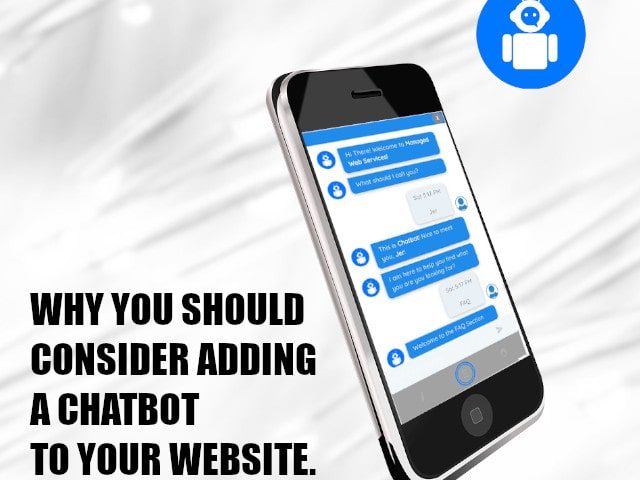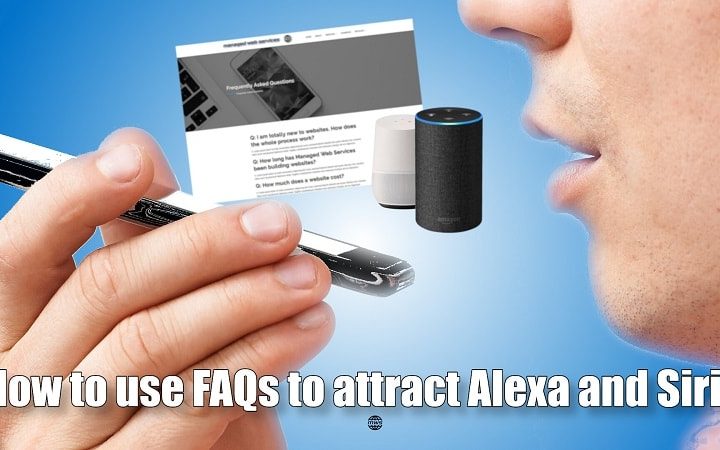Create a website that is a pleasure to use
When you create a website the single most important single factor to bear in mind is your user. This may seem obvious but, take a minute and look at the millions of websites out there that ignore this simple fact. Millions of business websites are designed not for their users but for the website owners, they focus on what the owners want to sell rather than what the users are interested in buying. All it takes is a change of focus to create a website that is pleasure for your users to use. A successful website focuses on the User Experience or UX. Traditionally the UX of a website concentrated on the speed; ease of navigation; mobile friendliness etc, your website. Those things are still important, but UX has become far more sophisticated and now employs psychological principles to improve web design. I’m going to show you how to use the psychology of web design to improve your user’s engagement with your website.
The Closure Principle
Have you ever found yourself watching a movie on TV when you keep falling asleep? You keep rewinding the film, determined to see it to the end, eventually you give up and record the end to watch later. The reason you do that, is the closure principle.
Closure is defined as the resolution of tension. The tension is created by wanting to see the movie through to the end, the tension is relieved by doing so. Ironically you probably don’t even bother to watch the end of the movie the next day , or if you do, it somehow doesn’t feel as satisfying as you expected, the urgency of seeing it through has gone. The reason for this is that the tension has already resolved itself. You went to sleep and found closure.
The anticipation of closure is pleasurable
You tried to stay awake and watch the movie last night because you were anticipating the resolution of tension and that is pleasurable. Let me give you another example: shopping. Why is the act of shopping pleasurable? When you want to buy something you look at it. Looking at something you want, builds tension . Making the purchase resolves the tension creating the pleasure of closure. Another fact about tension is that it increases as closure gets nearer. Another reason you fought to stay awake and watch that movie, and why shopping can be so enjoyable is that the anticipation of closure creates greater tension. The greater the tension the greater the need to resolve it and hence the greater the closure.
The Closure Principle and the Psychology of Web Design
You can utilise the closure principle in the design of your website. Using the closure principle will make using your website a more pleasurable experience for your users. The simplest way to do this is by combining the closure principle with progressive disclosure.
Progressive Disclosure and Web Design
Progressive Disclosure means giving your web users just enough information to entice them, and offering them the option for more. People think they want lots of information. More information means more choices, which means more control.
In reality people prefer to be spoon fed information, too much information at the same time overwhelms them and they rapidly lose interest.
Using the principles in your Web Design
If you spoon feed titbits of information to your users (progressive disclosure) and enable them to find out more (closure principle) then you will increase the UX of your website. How does this translate in terms of how to create a website:
Keep your design simple and uncluttered.
Only provide the information that’s needed at that moment.
Use “Call to Action” buttons for more information
Create a linked narrative trail of information through your website.
People can’t multi-task so keep to one thing at a time.
Let users decide which narrative trail they want to follow.
Use headers and short blocks of info or text.
Make the information easy to scan.
If you use these psychological principles in the design of your website you should increase the UX of your website. Happier users will ultimately translate to more users and ultimately more customers.
I’m always interested in learning new ways of improving the UX of webites, if you use these, or any other simple psychological concepts to improve your website please let me know?




